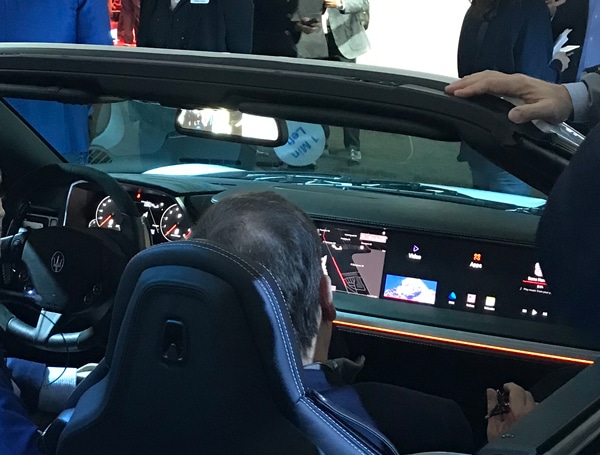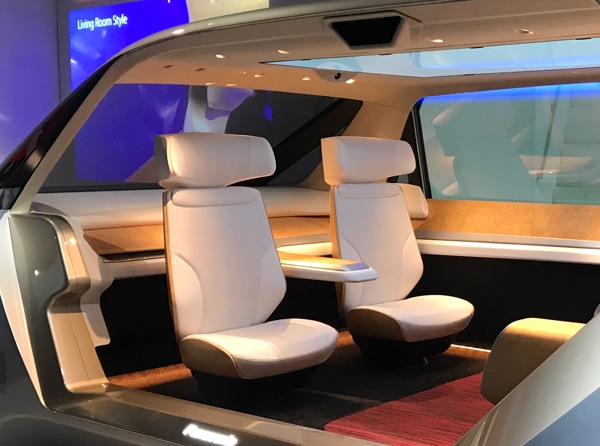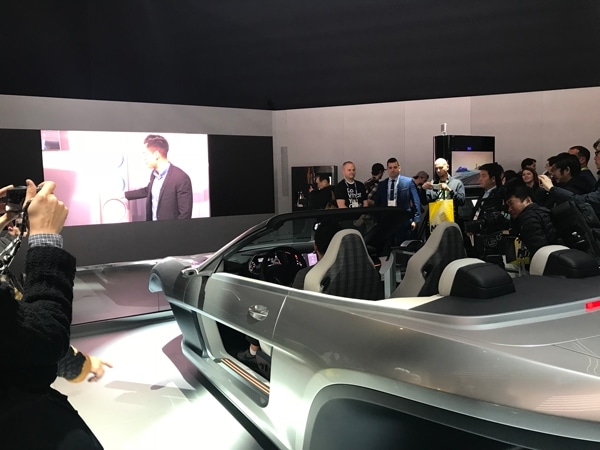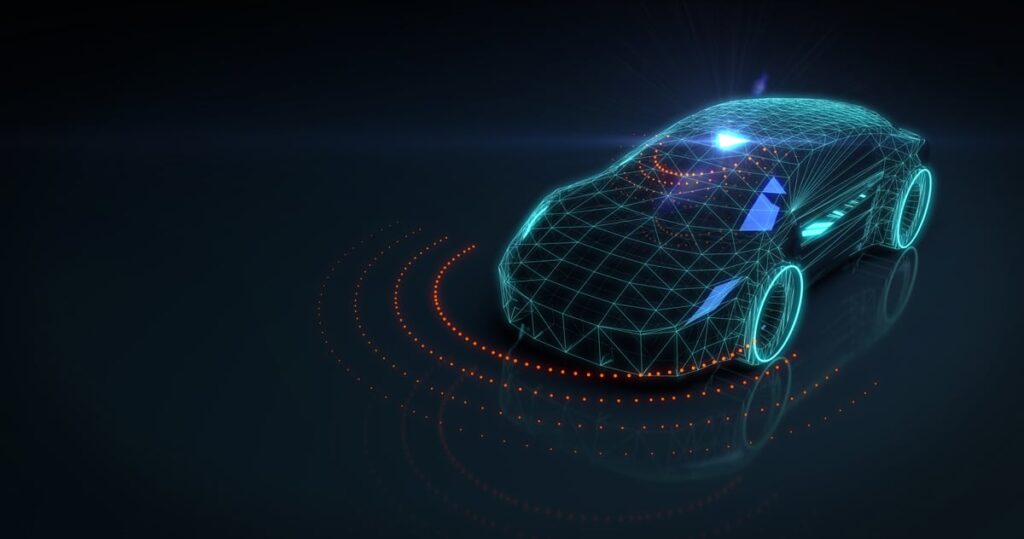Automotive Trends at CES 2018
Last week at CES 2018 in Las Vegas, the automotive industry was almost as common as an Elvis sighting! A recent PC Magazine headline reads, “Why CES Is Now the Greatest Car Tech Show on Earth.” There’s no question automotive dominated the show floor with new car introductions, self-driving demos, and snazzy new gadgets that will become increasingly available in the cars of today — and tomorrow. As these new enhancements are introduced, the need to access, compute, and store data will continue to grow.
Here’s my top 7 list of the coolest automotive technologies at CES 2018:
- Voice – Last year futuristic self-driving cars stole the show! This year it was all about new UI’s in the car. Voice and driver facial analytics were demonstrated throughout the halls. AI assistants were prominently featured as voice-initiated ways to control functionality both in the car and from the car to the home. They’ll be able to talk to third-party applications such as insurance companies, remote vehicle updates and smart devices. There were tons of demos showing AI assistants in automotive in-vehicle infotainment() systems, including aftermarket systems with voice functions.
- Multi-displays – Multi-displays were also hot with large 4K panels available to feature increasingly complex video and imagery. A leading automotive vendor showed how they can overlay live content with fixed content (like maps) on large displays in the car. Much is being invested in the various in car UI’s and connectivity to other smart devices. All of these features and functions will continue to drive IVI storage up to 256GB and beyond. As graphics content and other UI features become more complex, storage needs also go up.

- Vision technology was showcased in a simulated autonomous drive in Manhattan that demonstrated the large amount of data collected and shared in such environments.
- A futuristic “autonomous cabin” demo was a showcase for future display and AI technologies. And, closer to the present, a “smart vision” cockpit with panoramic displays that changed based on where the driver was looking featured a heads-up display and a UI for autonomous drive.

- A hypervisor demo for a “converged cockpit” – with an IVI system running Android™, a Linux® OS for the cluster and second Linux OS for haptic display.

- A next generation driver awareness sensor – one of many component technologies that will be required for auto drive in the future.
- Advanced 3D Lidar, electric drive train and even “smart” tires!
In all of these cases, the need for increased data storage and compute powers are evident. It is expected that a single autonomous car will have up to 1 TB of storage per car by 2022*. Whether it’s stored in the car at the edge, pre-processed or sent to the cloud for historical analysis, data is what enables the safety and reliability of automotive transit.
Western Digital provides data storage solutions optimized for the automotive industry.
Catch us next at Automotive World Japan January 17-19 and embedded world Conference 2018 in Germany February 27 – March 1.
*Based on internal estimates




